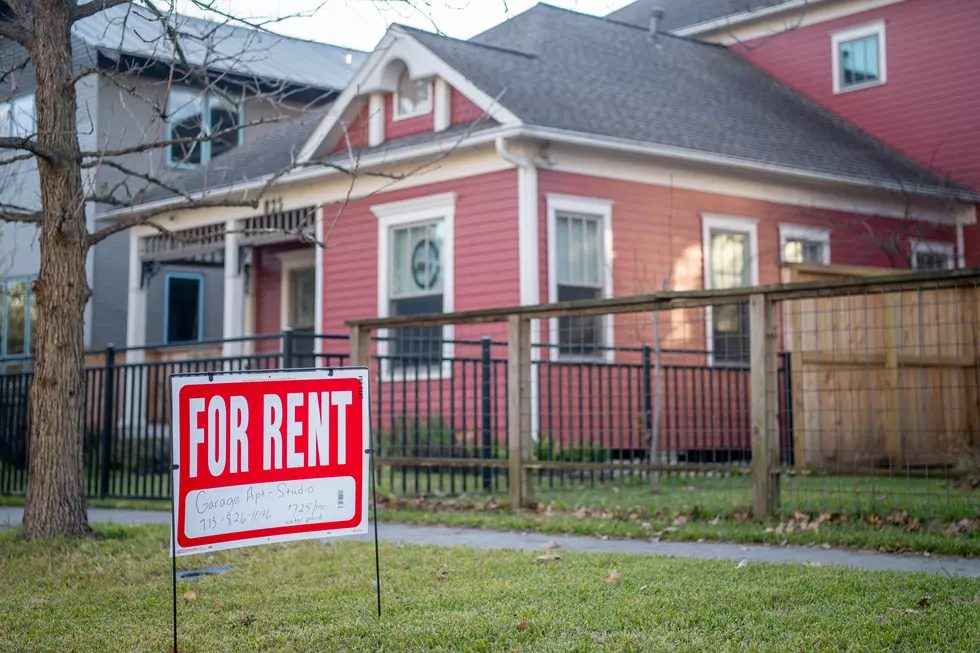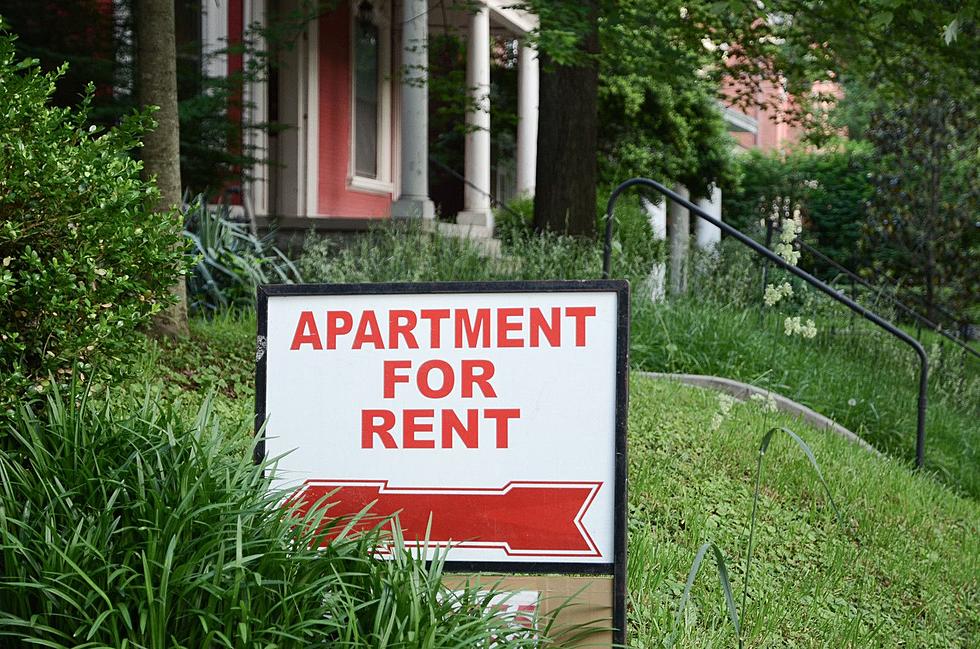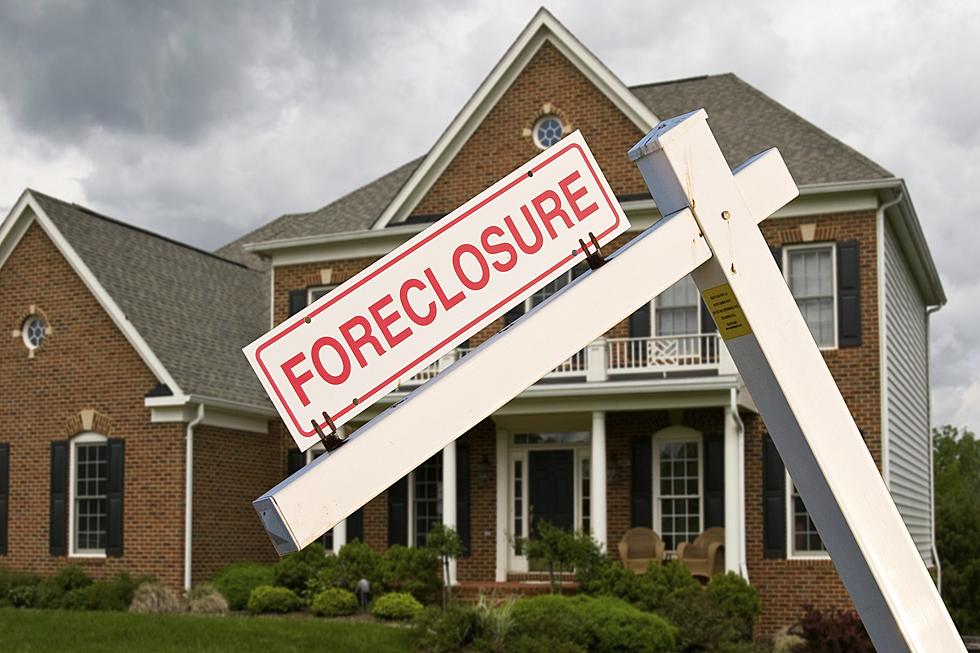
Could NJ be in for a housing bubble?
Some counties in New Jersey could be on the verge of a home price bubble, where prices overinflate and eventually decline, according to a new report by RealtyTrac.
The report analyzed 475 counties across the country with a combined population of more than 221 million and looked at the following three early warning signs of a possible home price bubble:
- If the market was less affordable in October 2014 than its peak price during the 2005 to 2008 housing bubble.
- If a market was less affordable in October 2014 than its historical affordability average since January 2000.
- If a market had a rising foreclosure rate on loans originated in 2014 compared to loans originated in 2013.
In the counties that were analyzed, buying a median-priced home in October 2014 required 26 percent of median income on average compared to an average of 41 percent of median income in each county's respective peak month during the housing bubble. The historical affordability average going back to January 2000 for all 475 counties was 28 percent of median income needed to buy a median-priced home.
Meanwhile, the average foreclosure rate among the 475 counties on loans originated in 2014 was 0.25 percent. That's up from an average of 0.20 percent for loans originated in 2013.
In New Jersey, Somerset and Mercer Counties were identified as less affordable than their historical affordability averages.
In Mercer County, the average amount of median income people needed to spend on a home in the past was 25 percent. In Somerset County, historically people spent 30 percent of their income to buy home.
"In October, both of those counties went above that historic average. In Mercer County to buy a home in October, it required 28 percent of income for someone making the median income. In Somerset County, it required 32 percent, or nearly a third of the income for someone making a median income," said Daren Blomquist, vice president of ReatyTrac. "It can be a problem when trying to get a loan because the lender wants to see that you're spending 28 percent or less on a home otherwise, you're considered a high risk."
The study looked at foreclosure rates as well. Of 18 counties in New Jersey that were part of the study, 16 saw an uptick in the foreclosure rate, according to Blomquist.
"When you have the mix of those foreclosure rates being up as well as that affordability number going above the historic average, those are two warning signs that could be indicating the market is going into some dangerous territory," Blomquist said. "At the very least going forward, we would expect home prices to stagnate in that market because there isn't much room for home prices to rise unless incomes start rising as well, and we haven't seen much of that."
Blomquist said it's a problem when the majority of potential buyers can't afford to purchase property.
"For a market to continue to grow and be healthy, you need first-time homebuyers and you need the movement buyers to be participating in the market, otherwise you can see home prices take a dip and go in the opposite direction," Blomquist said. "Home prices have risen, but we haven't seen incomes rising at the same rate."
More From New Jersey 101.5 FM









